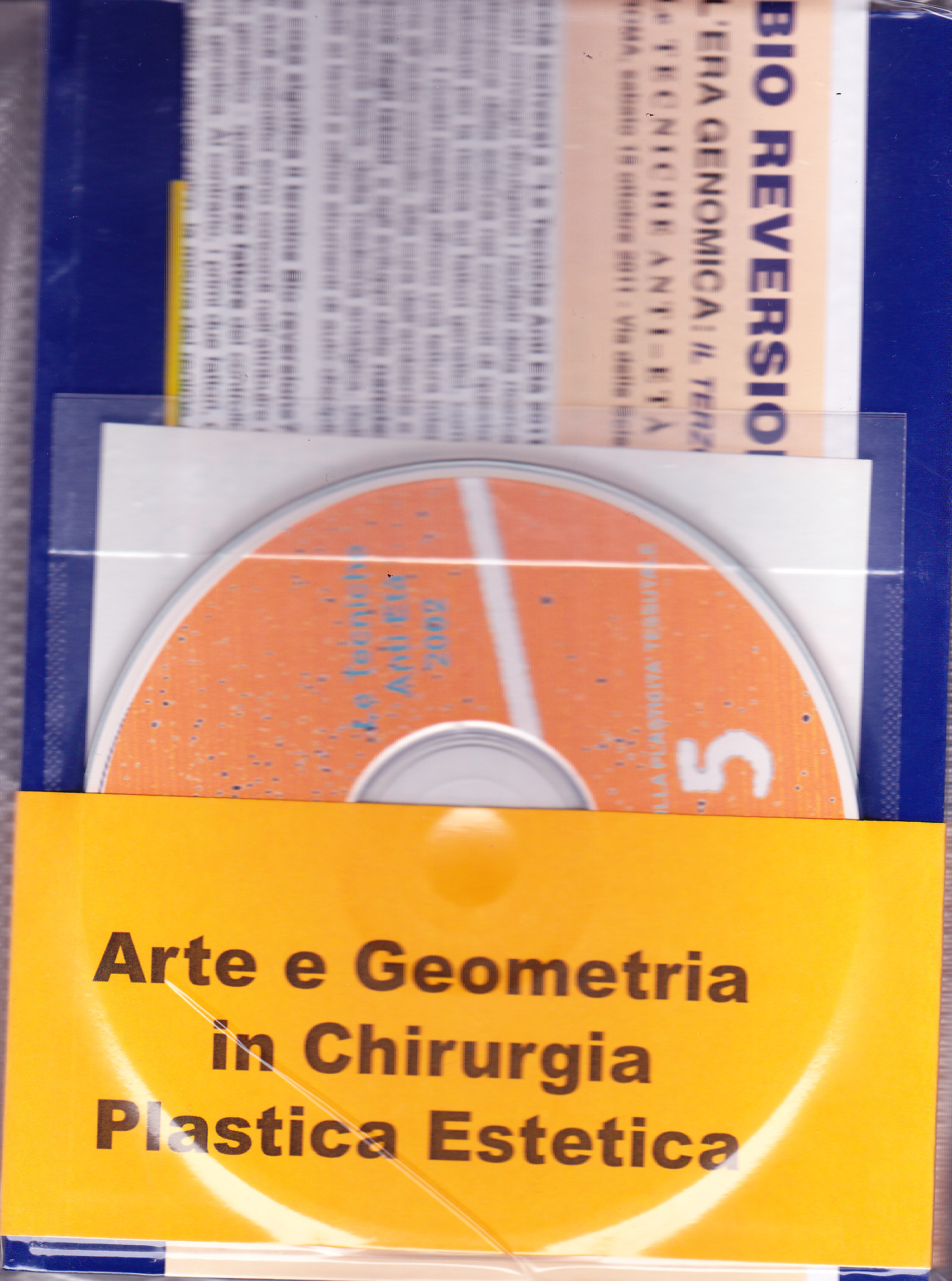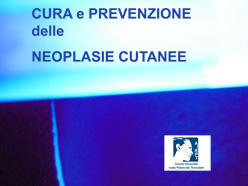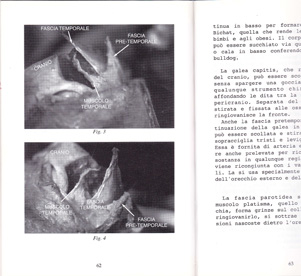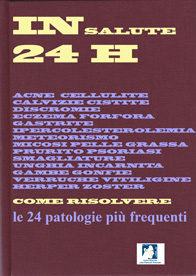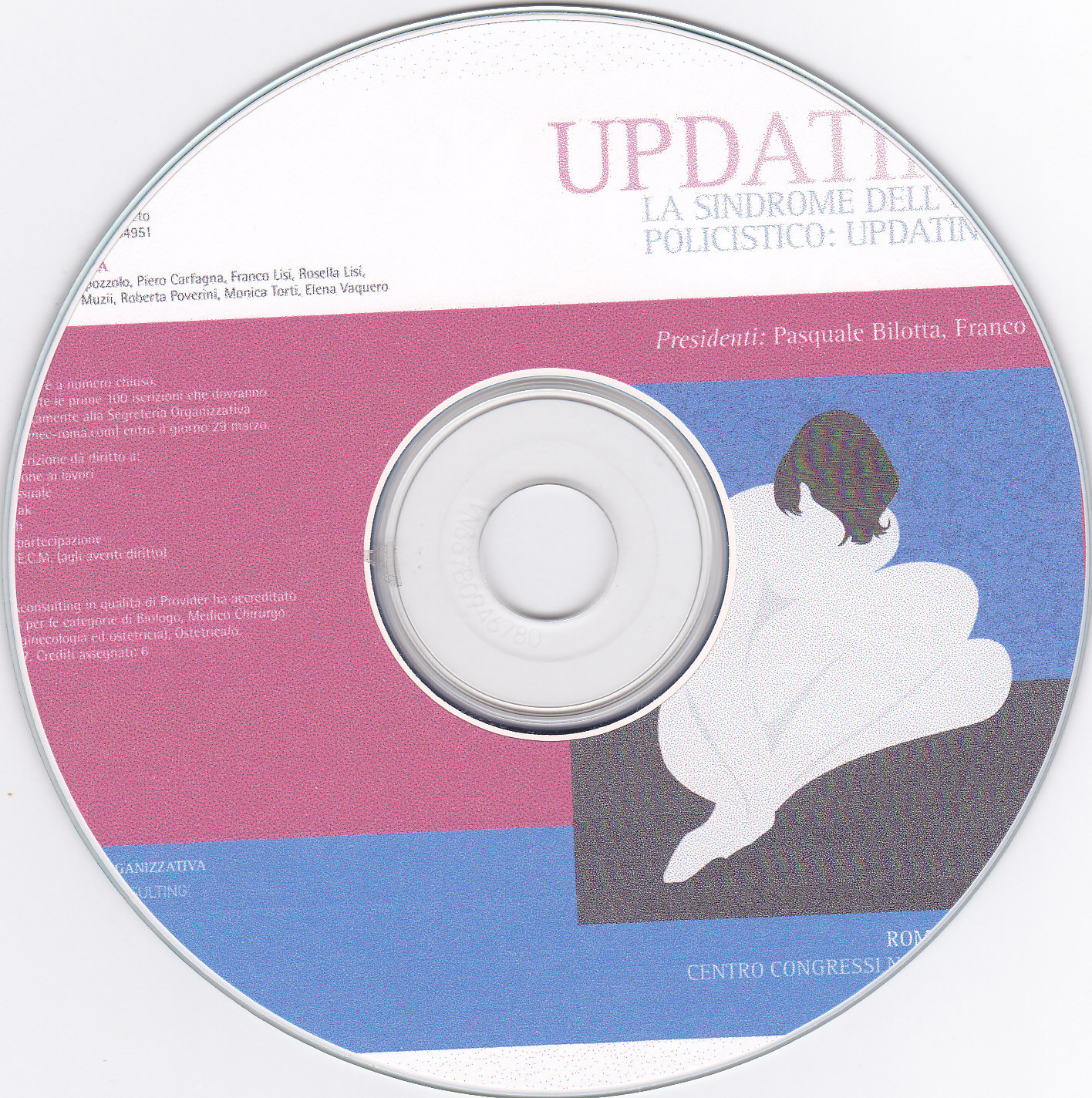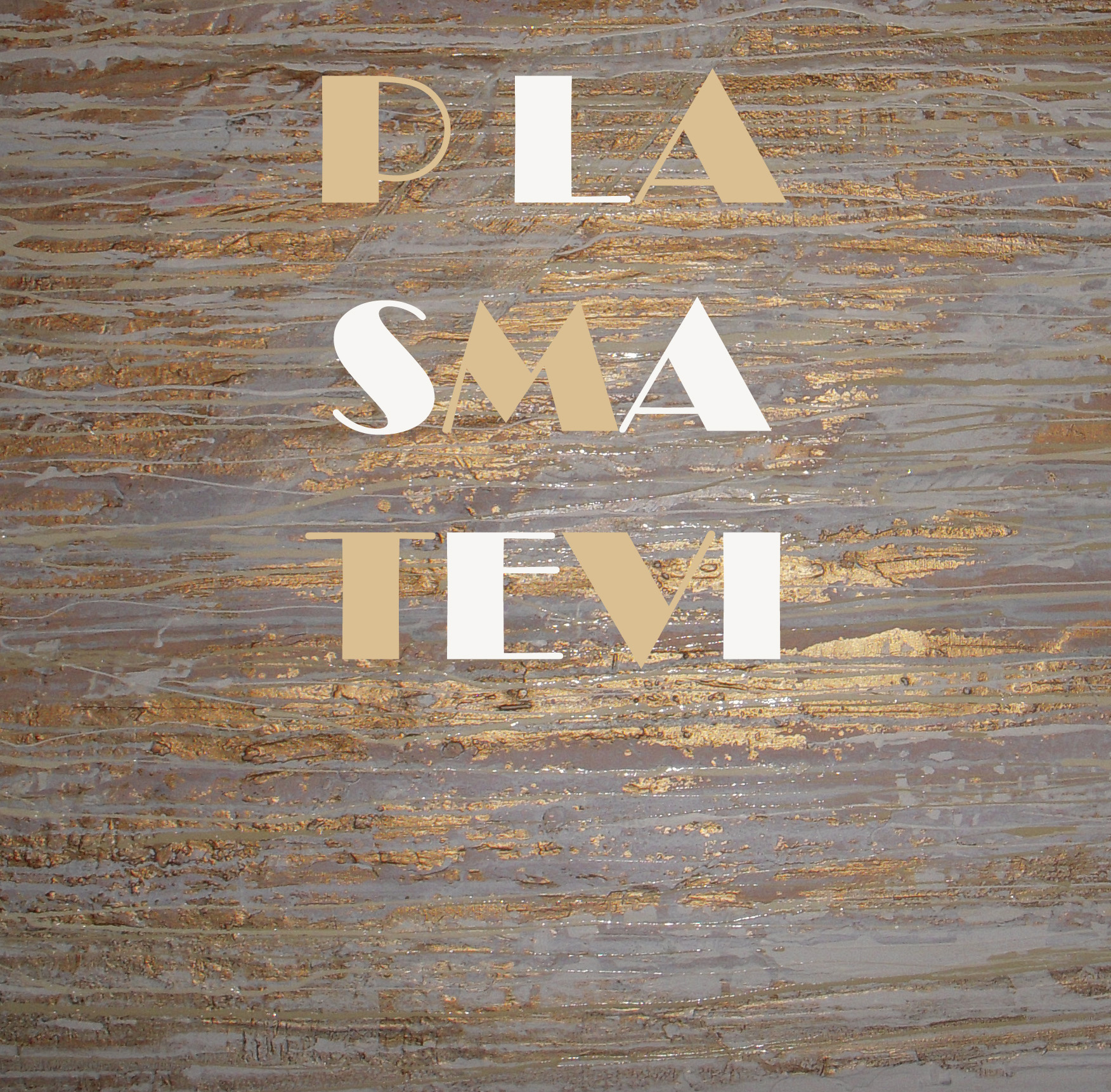Plasticity, that is the ability to change shape, is one of the main characteristics of matter. It makes it possible to adapt to new environmental stimuli, and is a requirement for survival.
In his three-hundred-and-seventy-eighth Thought, Blaise Pascal defined human beings as thinking reeds, warning us about our material fragility, constantly jeopardised by the most insignificant of external causes: "We are only an infinitesimal part of the whole, a dot lost in the universe. A puff of steam, a drop of water are enough to annihilate us".
Human substance is at the mercy of events and has no alternative but to bend when faced with stronger forces. Just as the reed bends.
Pascal might have been referring to Arundo Donax, commonly found on the banks of rivers, or to bamboo canes, Bambousa Aendinacea.
Both species contain a considerable amount of silicon and are used in herbal medicine as a reconstituent for the bones and fragile hair and as a diuretic, galactofuge and emmenagogue. For physicists, mathematicians, philosophers and Jansenist theologians the reed provides the ideal paragon of the flexible and elastic material from which human beings are made; they must learn to bend without breaking.
At the time when Pascal was born, Cartesians rationalism was at its height (Descartes died when Pascal was 23 years old). Descartes defined matter as extensive substance and thought as thinking substance. Pascal redeemed the precarious nature of the material body with extensibility, the plasticity of thought.
If the body is a dot lost in the universe, thought has the same extension as infinite space. That dot lost in the universe is capable of conceiving everything of which the universe is made up: sun, moon, planets and galaxies, black holes, matter and anti-matter.
The nobility of the mind may be recognised by its infinite plasticity.
The body uses its plasticity to defend itself from unfavourable events. Thought uses its plasticity to embrace the whole, to mould itself on the whole.
Also the neuron, the constituent cell of nerve tissues, is structurally similar to a reed. It has a rhyzome: the cell body; it has roots: the dendrites; and a stem: the axon. Its vitality is apparent from its ability to change shape. Depending on environmental conditions, age, diet, medicines being taken, intellectual application, the neuron prospers or withers, its roots grow or atrophy, its stem lengthens or shortens.
The plastic processes of extension and retraction are not the exclusive province of the body-mind, but also belong to space-time that, according to the restricted theory of relativity, not yet disproved, expands and contracts depending on our manner of progress.
A neuron may be fertilised with growth factors (neurotrophic proteins) and fed with learning (an abstract form of nourishment or, at least, not at present measurable as matter). And a muscle cell grows with plastic proteins and the instruction of a good trainer.
Plasticity and elasticity are therefore two units of measurement of the body's well-being and its intellectual potential.
Plasticity, which only allows our body to make a few jumps or do some acrobatics, enables our awareness to extend on the multiple levels of the knowable, thanks to its expansion force, which some have claimed to measure: ten to the thirteenth bits of memory capacity (just less than that of the elephant); ten to the thirteenth bits per second for calculation power. Mystics, on the contrary, say that the plastic potential of the mind has an infinite value because, if cultivated methodically, it enables us to enter the realm of the transcendental.
The body that is capable of cultivating happiness is similar to a fleshy fruit (the word fruit it derives from frui, to enjoy), it is smooth and firm. Ageing is distinguished by a general process of psycho-physical retraction. The teguments become wrinkled, the fruit shrivels.
The many ways to develop the plastic potential of the body-mind guide us towards a harmonious relationship with reality. The correct balance, the right tone, achieved by our body, will improve the surrounding environment due to a phenomenon that is similar to acoustic resonance, which makes all bodies vibrate with the same vibration period.
Every improvement we achieve, in terms of our well-being and freedom, will increase the well-being and freedom around us.

